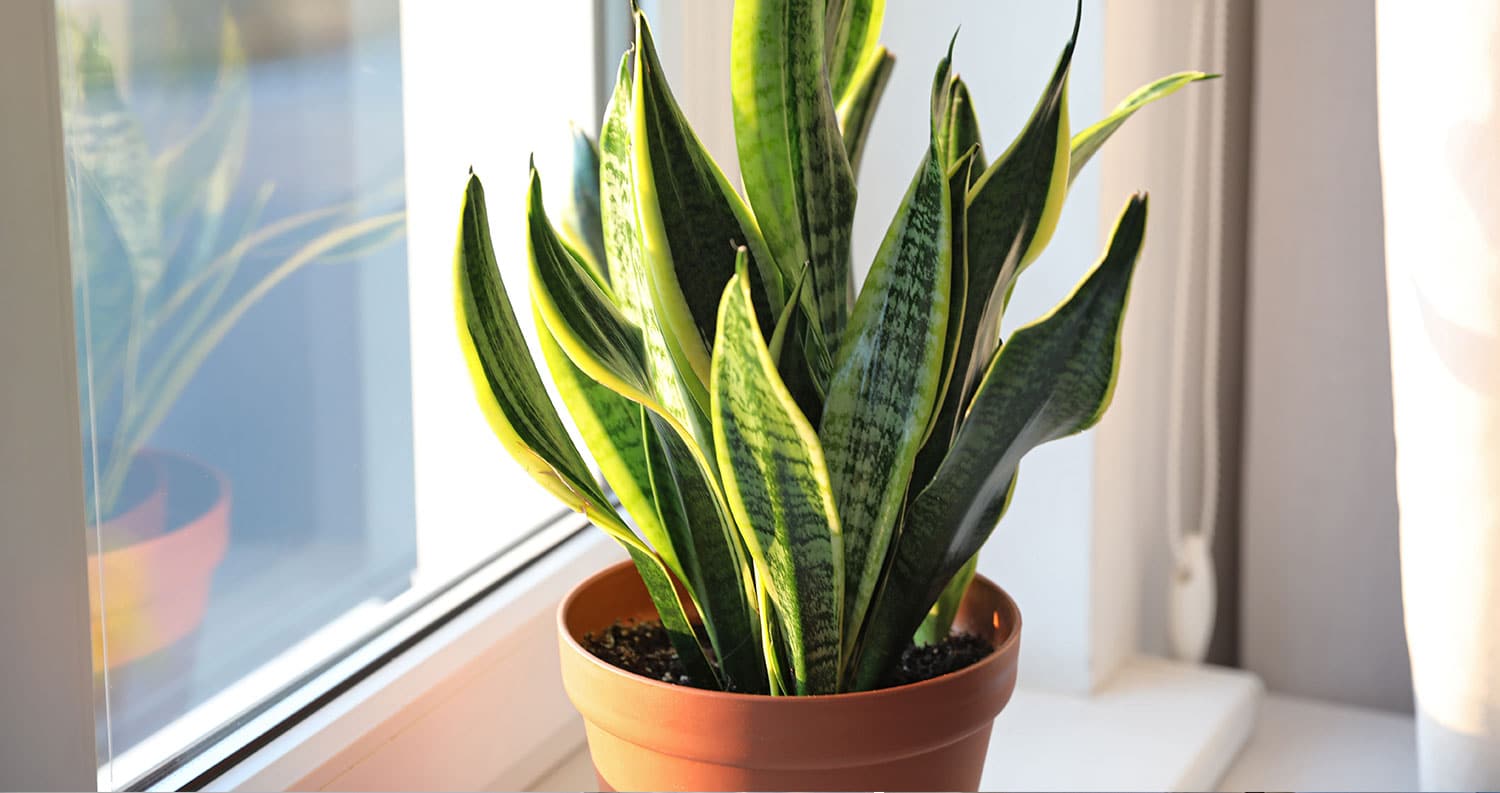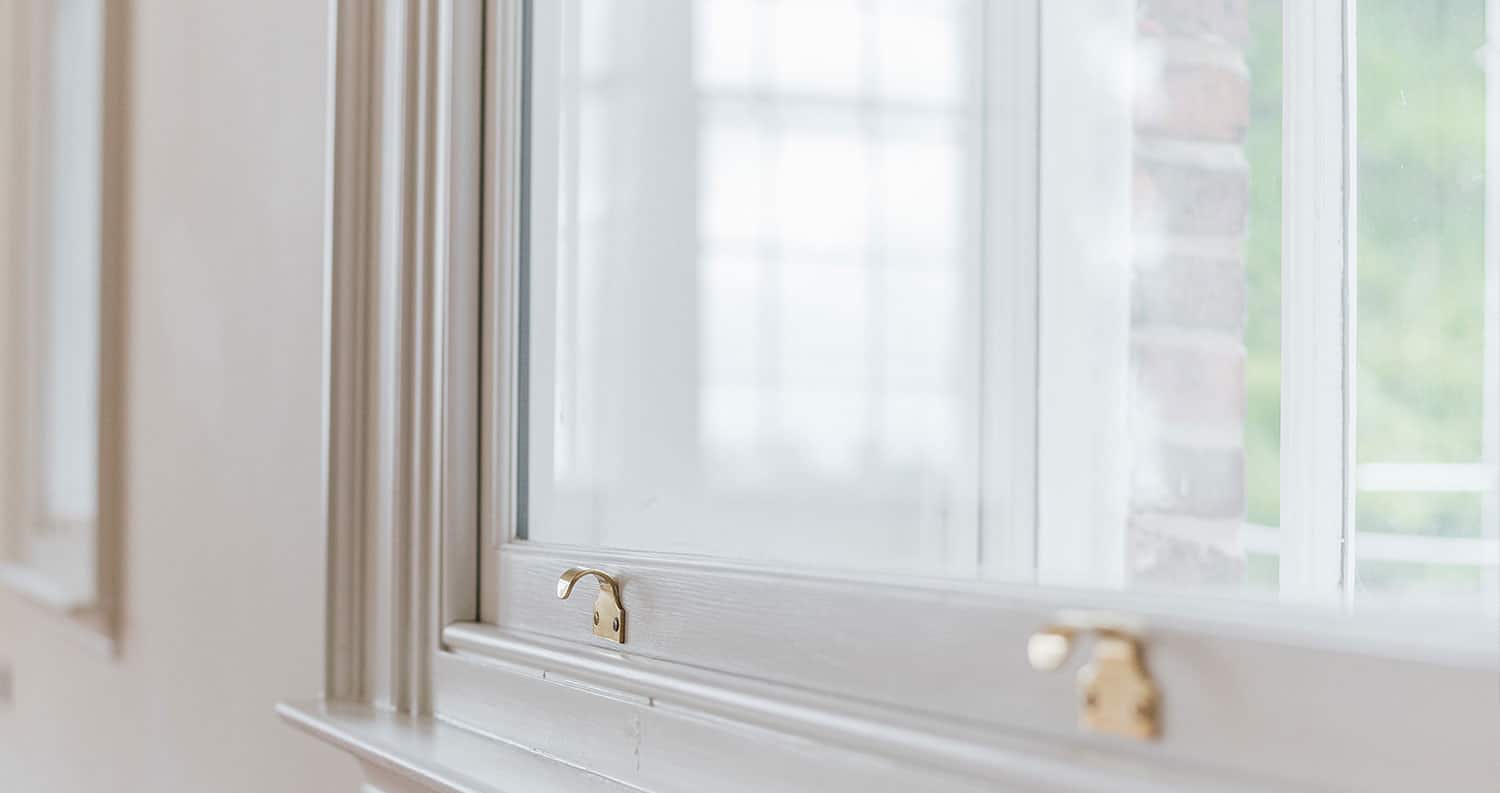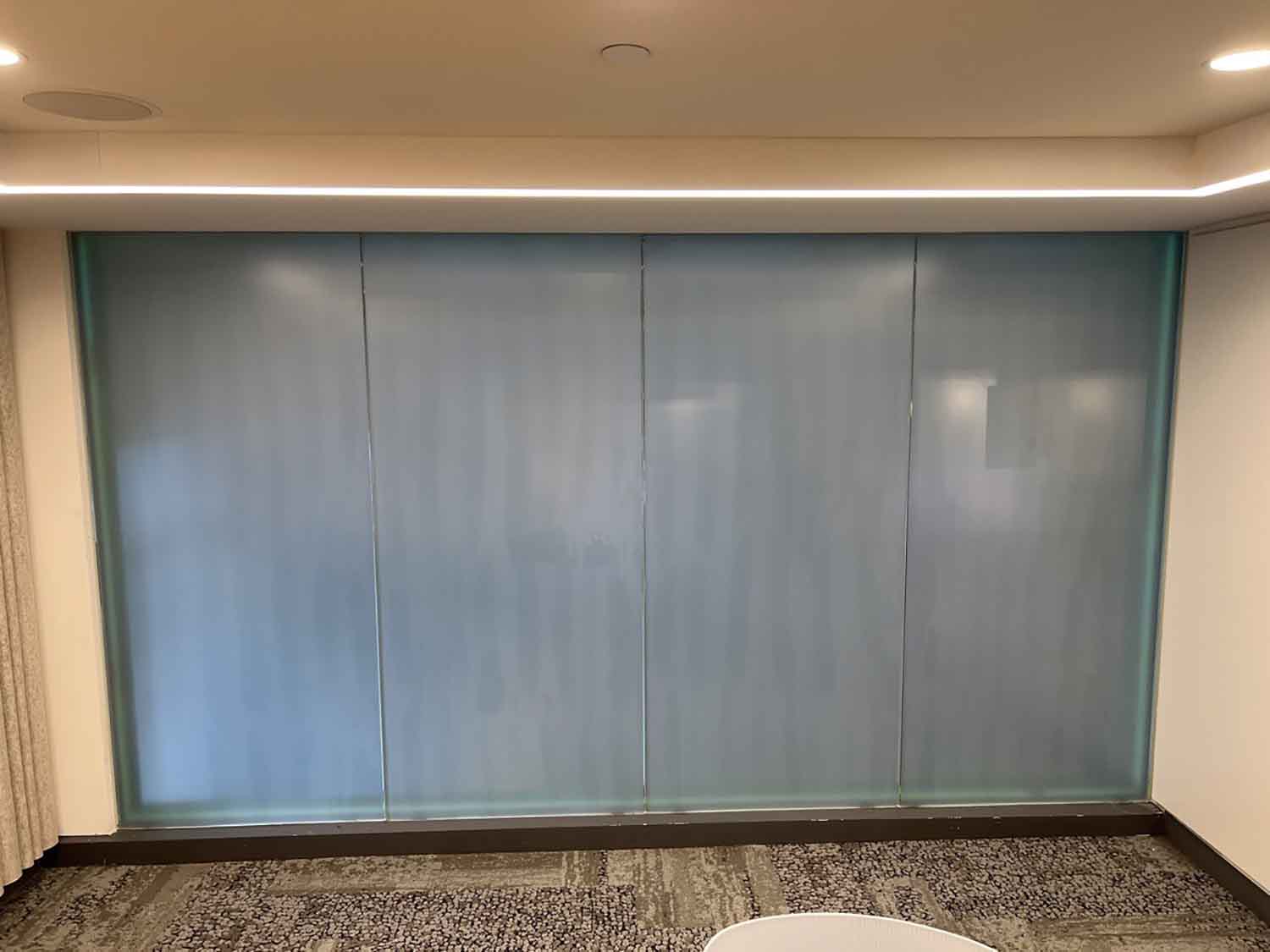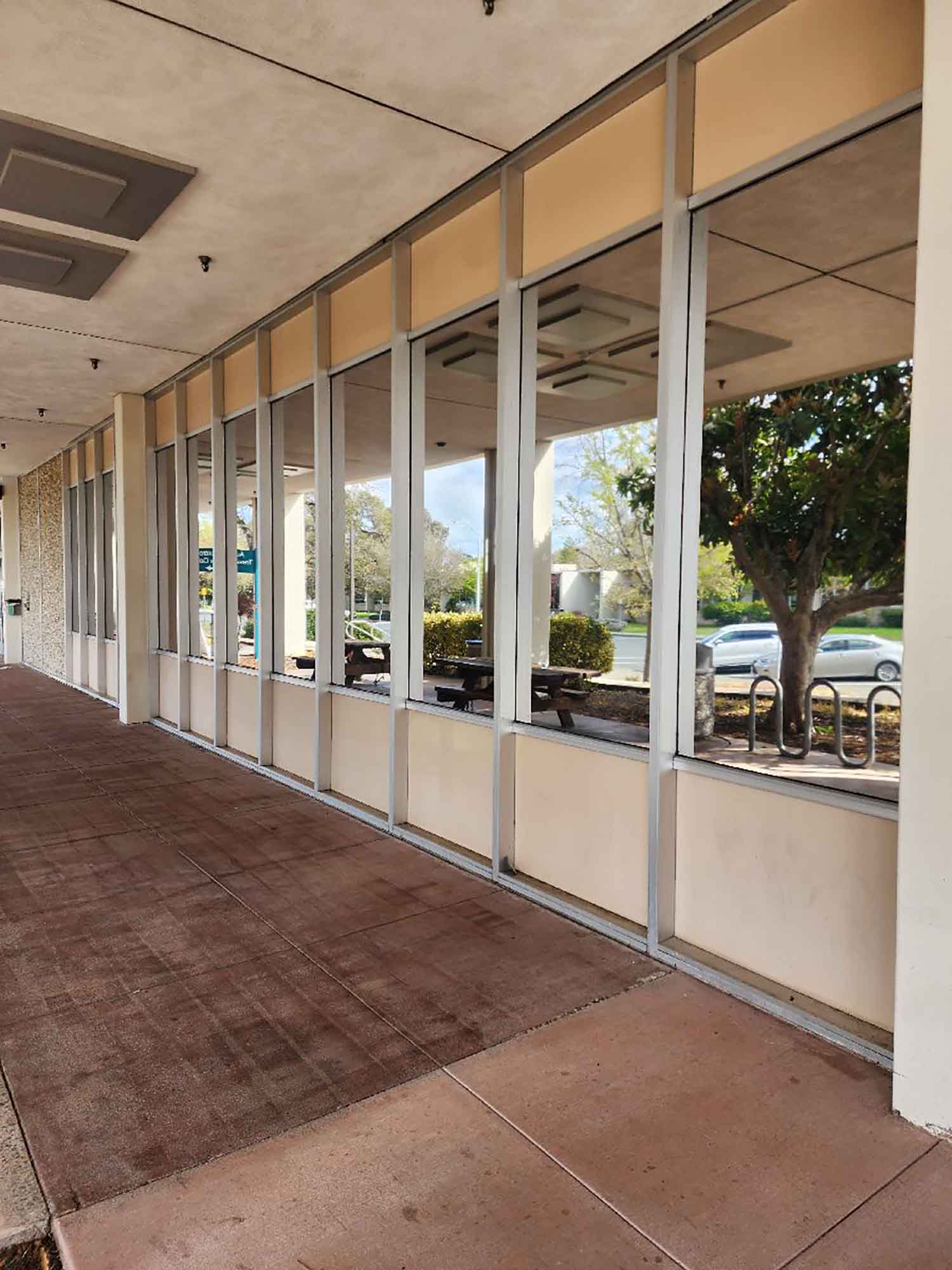
Our 5 Myths about Window Film post has been one of our most-read and we understand why. Even in 2019, with all the advances in window film (or window tint, used interchangeably throughout this post), there are still a lot of misconceptions out there about the effectiveness, flexibility, and benefits of professionally installed window tint. Hence, we’ve updated our list of myths and benefits. Plus, we’ve added some examples of just how amazing this product can be for your home or business. Have other questions? Try our Learning Center.
Myth #1 – Will window films will make the interior of your building or home too dark?
It seems that this question has its roots in the auto tinting industry. For many, the first time they’ve come in contact with window film is while sitting in the interior of a car. However, for homes and businesses, the experience is quite different. There have been incredible advances in window tinting that can create a safe and inviting interior without dramatically affecting lighting.
For instance, homeowners can opt for the virtually clear, non-reflective films offered in the 3M Prestige Series. New modern-day window tinting focuses on specific wavelengths of light, such as infrared heat, yet still allow a large portion of the visible light to be transmitted through the window.
For business owners and commercial property managers, commercial window tinting offers the ability to offer protection from sunlight and glare without sacrificing natural light. Think of it this way: with professionally installed 3M window film, buildings like this hospital in Vacaville, CA can reduce the use of window shades and blinds while creating a comfortable environment. Instead of creating a darker space, window film lets natural light in while keeping harmful UV rays, glare, and heat out and reducing the amount of artificial light needed.
Myth #2 – Is Window film cheaply made and only for old buildings and homes?
This is still a surprising question since most of our work these days is installing window film on new windows at both residential and commercial properties. That being said, many older homes have single pane glass windows and it makes good sense to install window film on them.
Interestingly, even though some new windows have Low-E coatings on them, they don’t always offer the same protection that commercially installed window film does. Some new homeowners and new office spaces still want the extra UV and anti-glare protection that is readily available with retrofit window film.
Is window film ‘cheap’ or flimsy? The simple answer is no. Commercially installed window film, like 3M Window films, is far from cheap or poorly made. It’s designed to last many years and is a good investment.

Myth #3 – Will Window film will kill my house plants?
If you love your house plants and are worried that window film will harm them, take heart. Window film blocks UV rays but not the red and blue rays that plants need to live. These two colors are not part of the UV color spectrum, which can be harmful to humans. Window film also helps to regulate room temperatures and moisture. It really contributes to creating a stable environment for your plants by minimizing intense sunlight. In most cases, the best practice is to see how plants fair in spaces with new window film. Most plants will adjust to window film just fine.
If you have concerns about your indoor plants and sunlight, the first thing to do is to understand the actual sunlight needs of your plants. A local nursery can help you to determine the sunlight needs of your plants. We’ve seen that many of both our residential and commercial window film customers have thriving indoor plants.
Myth #4 – Can you clean your windows after window film is professionally installed?
Of course, this is untrue! Imagine what would happen if you couldn’t clean window film! All the benefits of window film would be obscured by a continuous coating of smudges and dirt. The fact is that window film can be cleaned just like any other window. The key detail is that it is recommended that you avoid cleaning for 30 days after window tinting is installed. And remember: your installation company should leave your windows spotlessly clean after installation.
After the installation process, you can clean your windows with normal cleaning methods. Here are some other tips
- Avoid aggressively scrubbing windows, especially with abrasives. Instead, use a clean soft cloth, paper towel, or sponge.
- Most off-the-shelf glass cleaners are perfectly fine for windows protected with film.
- To dry your windows after cleaning, use a clean soft cloth or squeegee.
 Myth #5 – Will Window film cause glass to break or crack?
Myth #5 – Will Window film cause glass to break or crack?
This is a question that requires a bit of detail to dispel. Research shows that there are several specific reasons why glass may crack, whether they have film or not:
- Thermal stress from significant temperature changes in the glass, from heat to cold.
- Tensile stress means that the glass is under pressure. This may occur due to the sheer weight of the glass used.
- Flexing stress on windows may occur from strong outside forces like wind
- Impact stress from flying objects like rocks, golf balls, or birds.
- Twisting stress from the building or home shifting or from window frame sagging.
Of the five, thermal stress would be the one concern with window film. This may occur because some film types can increase heat absorption. Thankfully, manufacturers have run extensive tests to determine which films work best under certain conditions. Installation companies have been provided with detailed instructions in order to understand how to best pair windows to the right window tinting.
What contributes to Thermal Stress?
There are also other environmental factors that could contribute to thermal stress: Are windows partially shaded? Do they have drapes close to them? Are there decals, stickers, or signs on the glass? Where are the HVAC vents pointed directly at the glass? Is the window glass tempered, clear, already tinted, and annealed? All these questions are factored in when determining what film to use.
There are also some glass types or conditions where using solar control window tint would not be advised. They include the following:
- Tinted glass that is thicker than ¼”
- Window frame systems that are made of concrete, solid aluminum, or steel.
- Glass with hardened window sealant.
- Glass that is chipped or damaged.
- Highly reflective, textured, patterned or wired glass.
- Triple pane glass.
- Laminated glass.
Those are the top 5 myths regarding window tinting. We’ve discovered over our 40 years of working with window tinting that it is an amazingly versatile product that has benefited so many homeowners and businesses. If you have any questions that are not answered here? You can contact us today for a free consultation and we’ll help you get started. With offices in North Bay (including Santa Rosa), San Francisco, and San Jose, we can be reached at (707) 569-9098.




